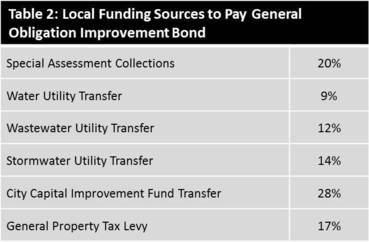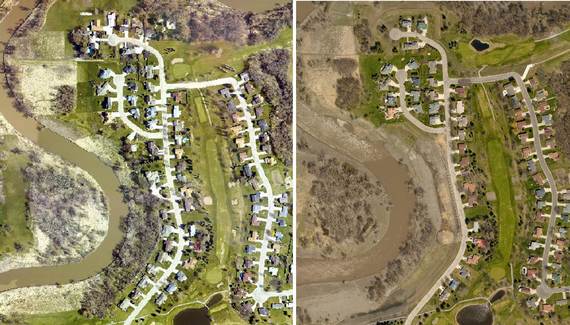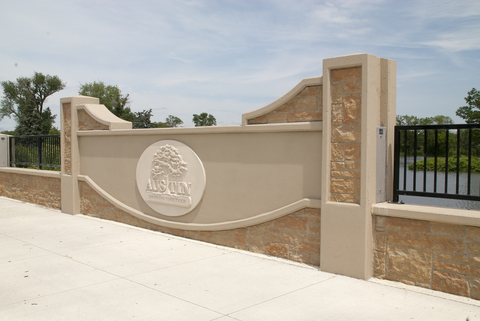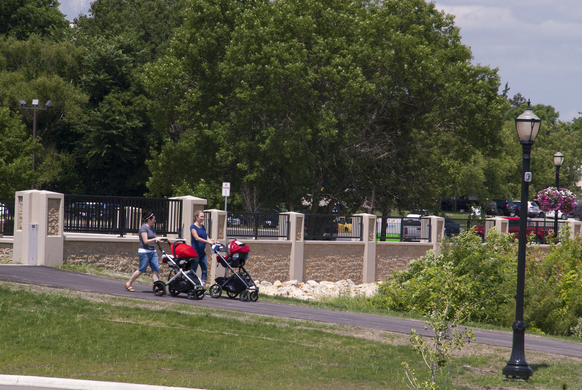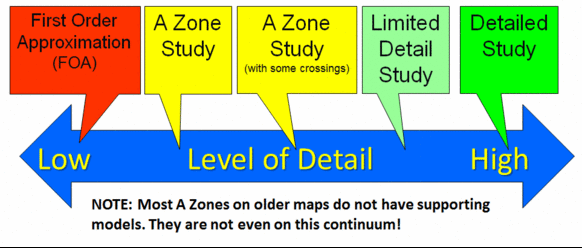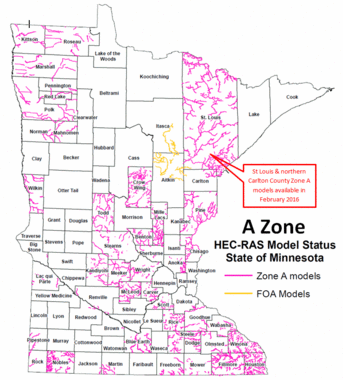Water Talk DNR newsletter - November 2015
Where Can I Obtain Zone A Model Digital Data?
See a sample of the default format for the FEMA floodplain layer, including the estimated one percent water surface elevations in Figure 6. 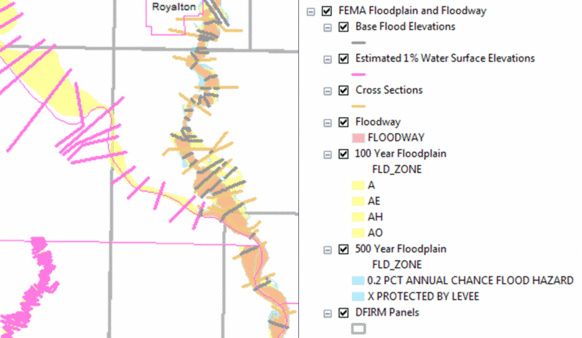 Figure 6: Example of FEMA floodplain data
The FEMA floodplain layer can be used with other layers a community has already obtained. Below is an example overlaying A Zone model data in the FEMA floodplain layer on an aerial photo. 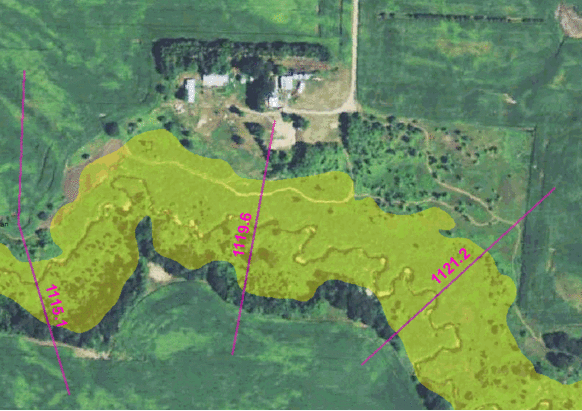 Figure 7: Example of using the A Zone model data (aka "pink lines") at the site level.
The Estimated 1% Water Surface Elevation (to the nearest tenth of a foot*) can be seen when zoomed in. These elevations can be used as best available data for the base flood elevation (BFE) if the conditions noted above are met. * NOTE: Some of the A Zone model layers available through the Minnesota GeoCommons site show the estimated water surface elevations to more significant figures than tenths, but they are NOT really that precise! Due to the different model formats and sources, it would be too time consuming to fix the elevation format for some A Zone model layers while making them available in a timely manner. FEMA Map Updates - Scheduled/Anticipated Dates
(And updates since last Water Talk)
New Maps Effective:
Letters of Final Determination (Letters sent 6 months before effective dates):
90-Day Appeal Periods:
Open Houses/Resilience Meetings:
New Preliminary Maps:
NOTE: Anticipated dates likely to be pushed back as issues arise
Zoning Challenge AnswerNo, in this scenario a permit cannot be issued based on the new Letter of Map Revision (LOMR) until the effective date or later. When the current effective map is an AE Zone (i.e., or some other type of detailed study), the pending updated map cannot be used for zoning decisions or Letters of Map Changes - such as Letters of Map Amendments (LOMAs) or Letters of Map Revisions based on Fill (LOMR-Fs). A permit could be issued to do some of the site preparation - such as grading or at grade slabs or similar features - that would be consistent with the current effective ordinance. But permits for buildings and structures that are not elevated or floodproofed based on the elevations of the current effective map are not allowed. Related Scenarios:
Note: See FEMA floodplain Management Bulletin 1-98, Use of Flood Insurance Study (FIS) Data as Available Data
|  | ||||||||||||||||





